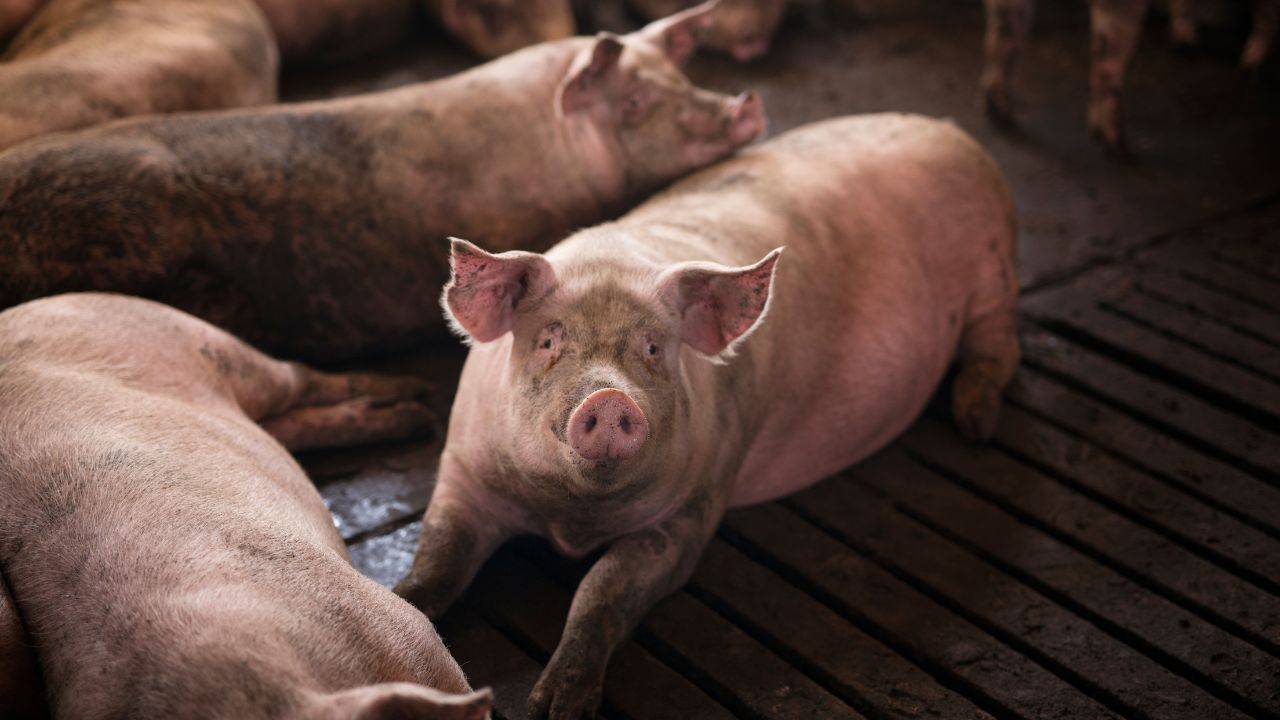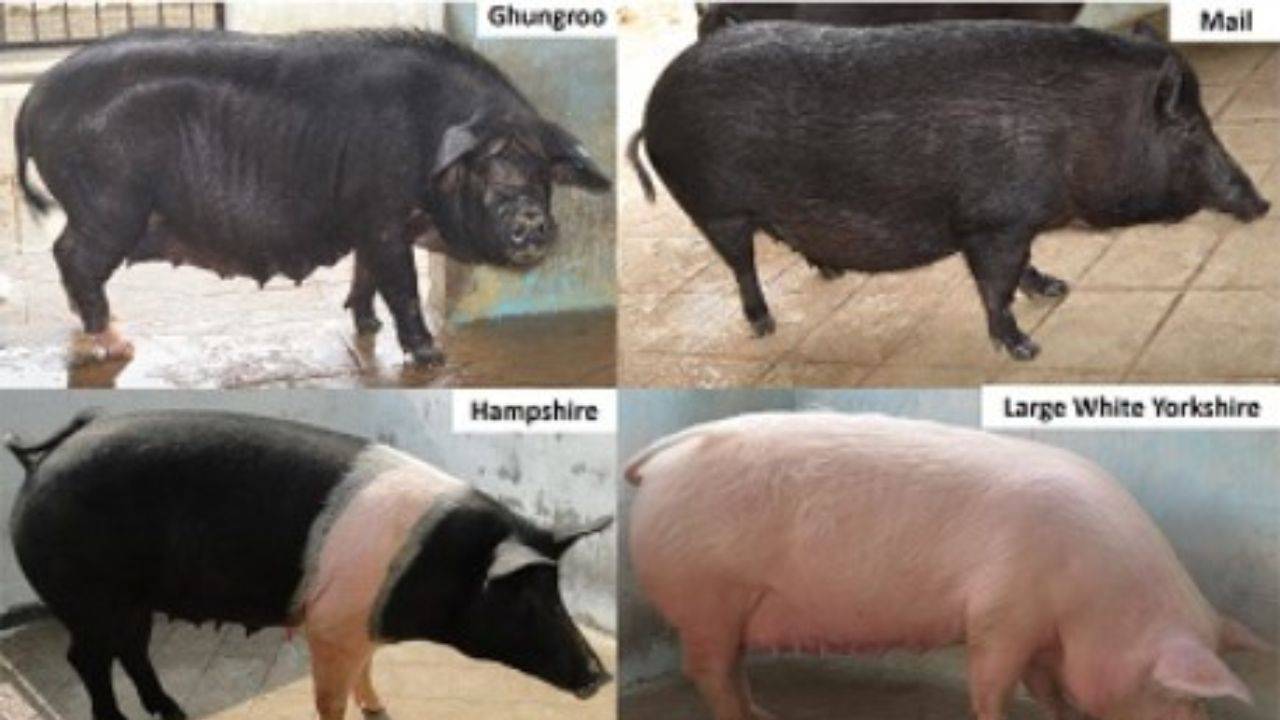
The genome sequencing of two indigenous breeds of pigs, namely Ghungroo and Mali has been successfully completed up to the chromosome level. The esearch work has been carried out at ICAR-National Research Centre on Pig, Rani, Guwahati.
Along with the indigenous breeds, genome sequencing of two exotic breeds of pigs, Hampshire and Large White Yorkshire (LWY) have also been completed up to the chromosome level, for which onlyrscaffold-level assemblies were available.
Genome Sequencing of Pig Breeds
The mean size of the genome is about 2.55GB which contains about 40% of repetitive elements, with only a few minor differences between various pig genomes.
The analysis of repeated elements in the genome shows a distribution among class 1 Retrotransposons including:
-
Long Interspersed Nuclear Elements (LINEs) constituting 17.3%
-
Short Interspersed Nuclear Elements (SINEs) constituting 3.3%
-
Long Terminal Repeat Elements (LTRs) constituting 6.8%

Porcine Genome
The porcine genome contains about 25,000 genes with 1,580 common single nucleotide variations in indigenous pig breeds as compared to 4100 in exotic animals.
Various classes of variants were identified through a genome-level comparison of Ghungroo, Hampshire, Mali, and LWY genomes with the reference assembly Sscrofa11.1.
Analysis revealed more than 1,00,800 structural variants in the genomes of four breeds, with 46,687 deletions, 352 duplications, and 53,825 insertions.
Unique variants of heat shock protein genes identified in indigenous Mali and Ghungroo genome provides insights into the adaptability of indigenous animals. The assembled genome will serve as a resource for further understanding the porcine genome and promote application in functional genomics.
















